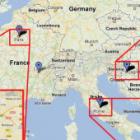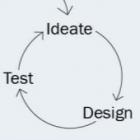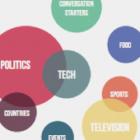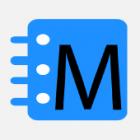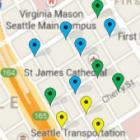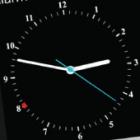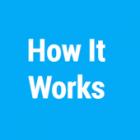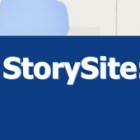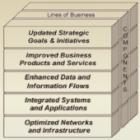
Enterprise Architecture Component Mapping for Costco
As Costco’s business expands at a rapid pace, new lines of business result in added complexity for their information systems. As a result, the inter-connection between different lines of business has been obscured, and systems isolation has increased across the organization. Our project established inter-connectivity among different entities using an Enterprise Architecture Model. We focused on technology aspects like security, infrastructure, and information, mapping these elements to suitable components within the lines of business.


